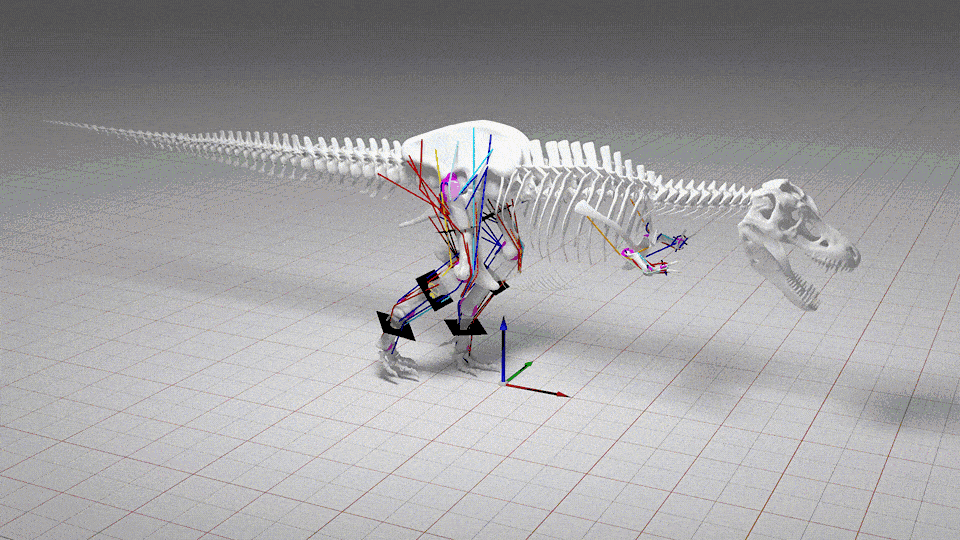When you purchase through links on our situation , we may bring in an affiliate commission . Here ’s how it work out .
scientist have pin down the quickest - get laid evolving beast — a " survive dinosaur " called a Sphenodon punctatum . The tuatara , Sphendon punctatus , resembles a lizard and is found only in New Zealand . It is the only go penis of a reptilian social club Sphehodontia that lived alongside early dinosaur and separated from other reptile 200 million years ago in the Upper Triassic menstruation .
To make the estimate of evolutionary speed , investigator recovered DNA sequences from the pearl of ancient tuatara . The team found that although tuatara have remained largely unaltered physically over very long flow of organic evolution , they are evolving — at a DNA level — faster than any other animal yet examine . The results will be detail in the March issue of the journalTrends in Genetics .

Tuataras are equally related to lizards and snakes. The name Tuatara derives from the Maori language and means peaks on the back.
" What we found is that the Sphenodon punctatum has the highest molecular evolutionary charge per unit that anyone has measured , " said researcher David Lambert from the Allan Wilson Centre for Molecular Ecology and Evolution in New Zealand .
Many scientists have recollect that molecular phylogenesis would be fastest in animals whose physical var. , or syllable structure , also evolved fleetly . The tuatara determination suggests otherwise , that there is no relationship between the two rates .
" Of naturally we would have expected that the tuatara , which does everything easy — they raise lento , regurgitate tardily and have a very slow metabolism — would have evolved slowly , " Lambert pronounce . " In fact , at the DNA level , they evolve extremely quick . "

The charge per unit of development forAdélie penguins , which Lambert and his team have study in the Antarctic for many age , is slightly slower than that of the tuatara . The tuatara rate is significantly firm than for other animals that have been studied , including the Leo the Lion , wild ox , buck and the now - out cave bear .
Lambert say the determination will be helpful in terms of future study and preservation of the tuatara , and the squad now hop to stretch the work to look at the organic evolution of other animal species .
“ We need to go on and assess the rate of molecular organic evolution for humans , as well as doing more work with moa and south-polar fish to see if rates of DNA change are uncoupled in these species , " Lambert said . " There are human mummies in the Andes and some very full samples in Siberia where we have some collaborators , so we are bright we will be able to mensurate the rate of human evolution in these animals too . ”
















